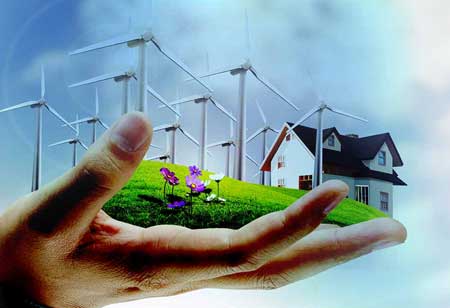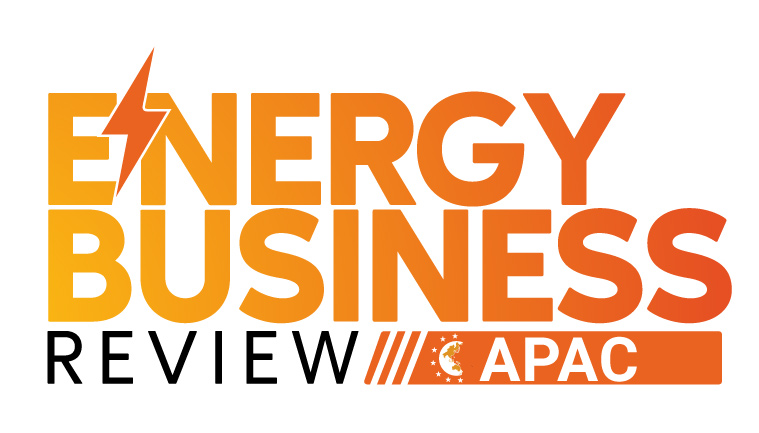Thank you for Subscribing to Energy Business Review Weekly Brief
Artificial Lift: How it can Foster Sustainability
As global efforts are being made to promote a lower-carbon future and a sustainable energy mix, the oil and gas industry is experiencing a shift regarding ESG reporting and accountability.

By
Energy Business Review | Tuesday, April 04, 2023
Stay ahead of the industry with exclusive feature stories on the top companies, expert insights and the latest news delivered straight to your inbox. Subscribe today.
Artificial lifts can be sustainable by adopting factors such as reducing energy requirements, protecting the ecosystem, and recovering and reusing.
FREMONT, CA: As global efforts are being made to promote a lower-carbon future and a sustainable energy mix, the oil and gas industry is experiencing a shift regarding ESG reporting and accountability. Upstream and midstream operators are adopting ESG mindsets and incorporating relevant business metrics into their growth plans largely as a result of widespread investor demand. The implementation of artificial lift technologies can achieve immediate and long-term sustainable advantages by analyzing decisions at the wellhead from this perspective.
Financial markets have increased scrutiny of ESG reporting practices and performance metrics. There has been a proliferation of sustainability-linked bonds, loans, and ESG funds, for instance. Despite the growth of these markets, ESG will continue to have a greater impact on producers' access to capital, moving from a nice-to-have feature to a prerequisite.
The adoption of ESG imperatives, particularly those aimed at reversing and mitigating environmental impacts, also supports the oil and gas public image as a critical part of the energy transition. It is hoped that as more companies communicate their efforts to support the E in ESG, consumer perceptions of oil and gas as sustainable fuels will improve.
Assessing the environmental impact of a project: In order to assist companies in navigating topics relevant to their business, the Sustainability Accounting Standards Board (SASB) has published industry-specific accounting standards.
Essentially, sustainability accounting refers to the governance and management of a company's environmental and social impacts resulting from its production of goods and services, as well as the management of its environmental and social capital necessary for long-term value creation.
In terms of measuring environmental impact, SASB standards for oil and gas E&P include greenhouse gas (GHG) emissions, air quality, water management, and biodiversity.
Producers should focus their sustainability efforts where they can have the greatest impact on these metrics to ensure alignment with industry standards. Thus, effective environmental stewardship goes beyond the boardroom to drive sustainable decision-making at the wellhead.
Artificial lift sustainability: Let's examine some of the environmental benefits associated with electric submersible pumping (ESP) systems to demonstrate how producers can adopt a sustainable mindset. The use of ESP technologies can offer producers at least three sustainable advantages:
• Using less energy;
• Ecosystem protection; and
• Reuse and recovery.
Using less energy: Producers calculate the power costs of artificial lifts, but they rarely consider how power savings translate into reducing greenhouse gas emissions. According to the EPA, 1 kWh of electricity generates approximately 1.6 pounds of greenhouse gases, so operators can minimize their carbon footprint by regulating power usage. Motors and surface controllers are the primary levers for ESPs to reduce energy consumption.
Wellbore ESPs are driven by an electric motor at the bottom of the string, which is typically an induction motor or permanent-magnet motor (PMM). As PMMs require less energy to achieve the same horsepower at a specified frequency (Hz), they can achieve an efficiency of 10 percent or more. Power savings with PMM can be converted into measurable reductions in GHG emissions by calculating the hours of runtime and horsepower requirement for the well.
The ESP motor is controlled by either a switchboard or a variable speed drive (VSD). With VSDs, they can be slowed down, sped up, and maintained the system based on how it is actually performing, as opposed to switchboards, which are fixed-speed controllers. A VSD saves energy because the motor does not have to operate at full load. In order to match the amount of work or load on a motor to the amount of energy it requires, the VSD regulates voltage, current, and power. By reducing wasted energy, the system becomes more efficient and saves the operator money.
Soft-starting is another energy-saving feature of VSDs, which reduces the initial amperage required to power up the system. As a result, all of these factors reduce the power grid's demand, thereby reducing GHG emissions.
Ecosystem protection: In comparison to other forms of lift, ESPs have a very small surface footprint and produce very little noise. In addition to the need for a compression system at the surface, installing and operating a gas-lift system requires a large amount of space.
Reuse and recovery: As opposed to other forms of lift, ESPs can efficiently produce oil from harsh downhole environments due to their durability and abrasion resistance. ARM designs enhance the useful life of each component by reinforcing the ESP construction.






